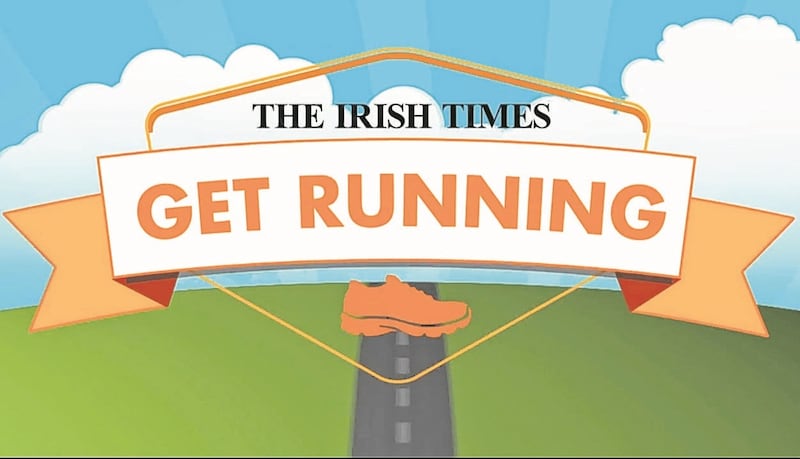Q: I don't run because I'm afraid of bad men who kidnap joggers. Have you ever been accosted by men? Have you been in dangerous situations? Some people say that running is not good for women because of the shots in the back from running and the descent of organs (when the genital female organs fall). Do you think this is a problem? You don't speak about this in your book.
Ms Essam
A: Your English is miles better than my French and thank you for making the effort to communicate these concerns. I've never been accosted by a man or come close to being kidnapped during a run. I never run in the dark and I try to run when it's busy.
I don’t set out on a new jogging route in inclement weather either. I never run with headphones on, because then you can’t hear if someone wielding an axe is creeping up and heavy breathing right there behind you.
However, I find imagining I’m being chased quite motivating. It makes me run super fast during fartlek sessions and gets me home safely if the weather has turned nasty and the woods have emptied. The fear probably increases my heart rate too, making the workout more intense.
The real danger on my runs is of the feral variety; the odd enormous rat I’ve nearly tripped over, and I’ve fallen victim twice to unruly dogs – my running bete noire.
Impact
As for the back shots, I think you are referring to the impact to your joints from running. To guard against this, always wear proper running shoes bought from a specialist running shop. Try to run on soft ground; grass, running trail or dirt track and avoid concrete whenever you can, especially if you are unfit and overweight when the impact will be more pronounced.
My uncle once warned me about the perils to my womb from jogging, but I just laughed. I wasn’t going to let any misogynistic nonsense about my fragile lady bits stand in my way of anything, least of all a good run.
My common sense screamed, hang on a minute, didn't Derval O'Rourke run right up to the birth of her first baby? Didn't Paula Radcliffe run 12 days after giving birth to her first child and win the New York marathon 10 months later? Didn't Jo Pavey win the 10,000m gold meal at the 2014 European Championships in Zurich, 10 months after giving birth to her second child? And all their wombs seemed to stay put. But the myth persists and I often hear women who are afraid to take up the sport after complicated births and fearful their pelvic floor strength post partum isn't up to it.
If you suffer from uterine fibroids, or have had a uterine prolapse or are at risk of one because your pelvic floor muscles have been damaged by vaginal childbirth, ageing, chronic constipation or obesity, you need a physician’s approval before doing as I instruct in the book. They can help determine if running is a safe activity for your condition and may well suggest you start off slowly and build yourself up very gradually, incorporating as many pelvic floor exercises as you can along the way.
But if you have none of these problems, assume you are good to go. We are born to run and the idea that women are somehow less able, less suited to the sport because of their sex is nonsense.
The Grit Doctor says: Run without fear. It's not a kidnapper or rabid dog, back injury or falling womb that is standing in your way of a good run. It's the warm arse-shaped dent in your chaise longue.
Ruth Field is author of Run Fat B!tch Run, Cut the Crap, and Get Your Sh!t Together.

Sign up for one of The Irish Times' Get Running programmes (it is free!).
First, pick the programme that suits you.
- Beginner Course: This programme is an eight-week course that will take you from inactivity to being able to run 30 minutes non-stop.
- Stay On Track: The second programme is an eight-week course for those of you who can squeeze in a 30- to 40-minute run three times a week.
- 10km Course: This is an eight-week course designed for those who can comfortably run for 30 minutes and want to move up to the 10km mark.
Best of luck!










